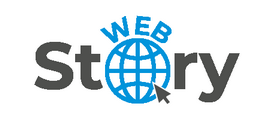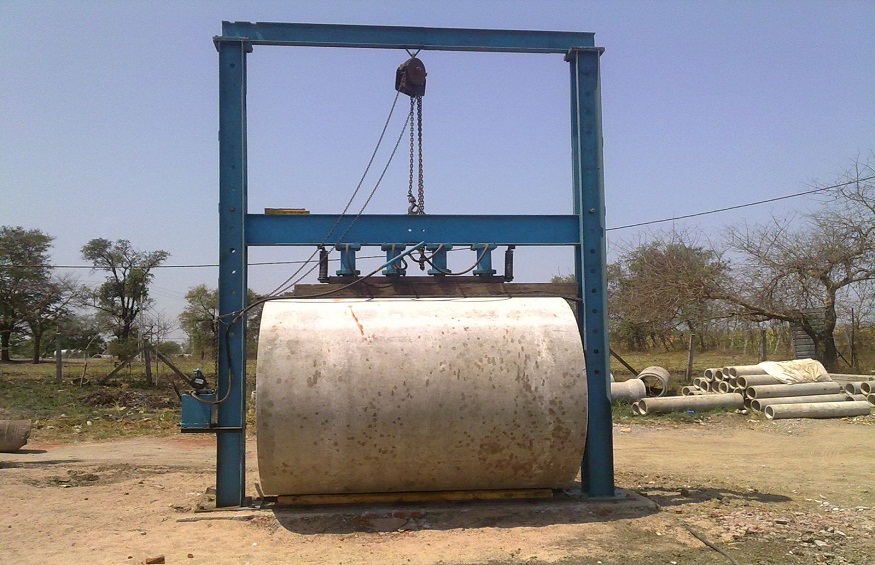A pipeline must be made of the most resistant materials when it is used as a part of the infrastructure or industrial operations. Whenever pipeline ruptures happen, regardless of whether it is to transport water, gas, oil, or other materials, bad consequences await as tangible evidence becomes stronger; including environmental harm, financial loss, and even the possibility of loss of human life. This shows how vital the activity of regular testing is to make sure it is not the pipelines anymore that keep the processes going. The advancement of the pipeline integrity assessment is due to sophisticated testing processes of the pipes, which has helped the process’s efficacy and safety.
The Need for Pipeline Testing
Underpinning nowadays the network of roads are the pipelines that make the country reach the goods from far away areas more quickly and efficiently. The safety and reliability of pipelines are becoming a very vital cause of old and decrepit infrastructure at the same time affecting their operation. This is where the equipment for pipe testing becomes indispensable. Thanks to these machines, several pipeline inspection techniques nowadays appear more common, such, as pressure testing, leak detection, and structural assessment. This grants the operators a capacity of foresight into the pipeline’s production process flows and it, therefore, allows them to preempt any vulnerabilities in the pipelines to eliminate any safety risks.
Increased Productivity via Automation
The ability of contemporary pipe testing equipment to automate and expedite the testing procedure is one of its biggest benefits. Conventional techniques frequently depended on labor-intensive physical labor and subjective evaluations, which were error-prone and time-consuming. On the other hand, automated pipe testing equipment can conduct tests consistently and precisely, cutting down on the amount of time and resources needed for testing procedures.
Data Analysis and Real-Time Monitoring
The modern pipe testing equipment not only allows for semi-automation of the process but also acceleration of the testing method. Old-fashioned or manual methods would often require manual hard labor and faulty or arduous judgments to be made, which would be inaccurate and time-consuming. While the case for manual pipe testing equipment could make the point that the machines can be employed conscientiously and meticulously, considerably less time as well as assets would be needed for the tests to get through.
Complete Testing Integrated Solutions
Modern pipe testing equipment offers a variety of integrated options for thorough testing in addition to traditional pressure testing. This includes cutting-edge methods that may accurately identify pipeline abnormalities and weaknesses, such as ultrasonic testing, magnetic flux leakage testing, and acoustic emission testing. Through the integration of many testing techniques into a unified platform, these devices offer a more comprehensive evaluation of pipeline integrity, reducing the possibility of missing important problems.
Accessibility and Remote Operation
The introduction of digital technology has further transformed the pipe testing industry by making it possible to operate remotely and be accessible. These days, a lot of pipe testing equipment has remote monitoring and control features that let users manage testing procedures from any location with an internet connection. This enhances testing flexibility and convenience and makes it easier for teams who are geographically separated to collaborate.
Education and Assistance Services
Even though pipe testing equipment’ capabilities are constantly expanding, competent training and support services are still necessary to ensure their efficient use. Many pipe testing machine suppliers have realised this requirement and are providing operators and maintenance staff with extensive training programs. Together, these classes tackle the issue of machine servicing and operation from a holistic perspective. As a result, each participant would be armed with the technical knowledge to get the best value possible out of their machines and extend equipment life.
Efficient Use of Resources and ROI
Adopting sophisticated pipe testing equipment may save a lot of money in the long run, even after the initial outlay. These devices save maintenance costs and disturbances to operations by seeing any problems early on and averting expensive failures and downtime. Furthermore, its capacity to improve testing operations’ efficiency results in cost reductions in terms of labour and materials.
Welcoming Innovation for Infrastructure That Is Sustainable
The fact that designers create more pipe testing devices demonstrates the process of more and more infrastructure management concerned about the environment and progress. There is a growing understanding of the fact that we should shift to the more environmentally conscious exploitation of resources as the world runs into the issues of climate change and spoiled ecosystems. In this case, the insightful aspect is the proper keeping of pipeline infrastructure which is a social concern and a functional procedure.
Modern pipe testing equipment is essential to this shift because it allows users to identify and eliminate any environmental hazards like spills and leaks before they become more serious catastrophes. These devices minimise the environmental impact of pipeline operations by enabling operators to react quickly and efficiently to new hazards by giving early warning signals and actionable information.
Additionally, the information produced by pipe testing equipment can help with planning and management decision-making processes. Operators can find possibilities for resource allocation and optimisation by examining trends and patterns in pipeline performance over time. This will eventually result in more sustainable and efficient operations.
Future advancements in pipe testing technologies might bring about even greater gains in dependability, accuracy, and efficiency. Technological developments in materials science, sensor systems, and data analytics are propelling advances in equipment design and testing procedures, creating new avenues for augmenting the safety and robustness of pipeline infrastructure.
In such a dynamic environment, cooperation between academic institutions, regulatory agencies, and industry players will be essential to maximising the potential of pipe testing devices to satisfy changing societal demands. Together, we can develop innovative and best practices for managing pipeline integrity so that we can create a more durable infrastructure that meets the demands of both the present and the future.
Conclusion
To sum up, the introduction of sophisticated pipe testing equipment is a big step towards guaranteeing the dependability and safety of pipeline infrastructure. These devices improve testing operations’ productivity and offer more precise and thorough evaluations of pipeline integrity by using automation, real-time monitoring, and integrated testing solutions. The need for robust and reliable pipelines will only grow as the demand for energy and resources rises. As a result, adopting advanced testing technologies is essential to protecting vital infrastructure and reducing risks to the environment and public safety.

